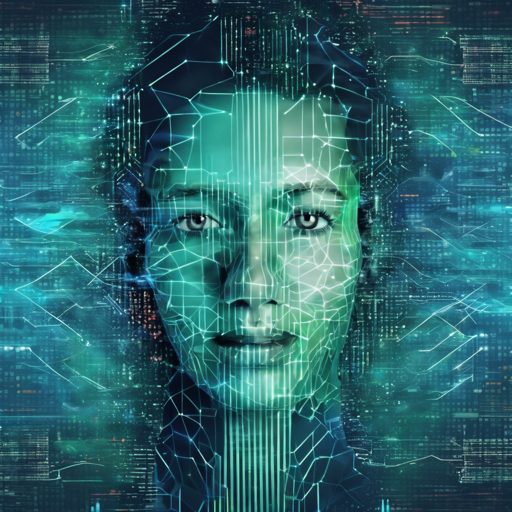In the landscape of artificial intelligence, face analysis is a remarkable frontier, and the DeepFace implementation provides a robust framework for tasks such as detection, alignment, and recognition. This article will guide you through the essential steps to get started with DeepFace, drawing insights from its implementation in Caffe.
Understanding DeepFace Structure
DeepFace is structured into different folders based on various face analysis tasks like detection, alignment, and recognition. Each task has its own distinct methodology, creating a clear path for implementation.
1. Face Detection
The face detection process in DeepFace employs a sliding window technique. Initially, it trains a two-class classification network that distinguishes between faces and non-faces. This groundwork leads to the transformation of this classification model into a full convolution network (FCN), which produces results based on a heatmap when large, full-size images are input.
Here’s a representation of how face detection works:
- Think of it like fishing with a net in a pond.
- You first train your net to catch only specific fish (faces).
- Once you’re proficient at identifying those fish, you make your net larger, allowing you to cover the entire pond (processing full-size images).
Face Detection Examples
Here are some results from face detection processes:
2. Face Key Points Detection
For key points detection, DeepFace utilizes the DeepID architecture. This method focuses on identifying five crucial key points of the face, contributing to the alignment and further recognition tasks.
Key Points Detection Example
Here’s a snapshot of the results from this task:
3. Face Verification
Face verification is achieved through the DeepID network architecture, which is primarily designed to authenticate identities. The effectiveness of this method is often quantified using Receiver Operating Characteristic (ROC) curves.
Face Verification Results
You can gauge the effectiveness of face verification through this ROC curve:
Face Datasets
DeepFace collects several face datasets that have been commonly used in recent papers. These datasets are organized according to different tasks, along with basic descriptions in Chinese. This organization aids in understanding the landscape of available data for various tasks.
Troubleshooting Your Implementation
If you run into difficulties while implementing the DeepFace framework, consider the following troubleshooting tips:
- Check if you have the latest version of Caffe installed and correctly configured.
- Ensure that your datasets are properly formatted and accessible by the implementation scripts.
- Investigate logs for specific errors and search for them online for potential solutions.
- For more insights, updates, or to collaborate on AI development projects, stay connected with fxis.ai.
At fxis.ai, we believe that such advancements are crucial for the future of AI, as they enable more comprehensive and effective solutions. Our team is continually exploring new methodologies to push the envelope in artificial intelligence, ensuring that our clients benefit from the latest technological innovations.
For further reading or more implementation details, you can refer to the blog attached to the DeepFace repository at 1983.

